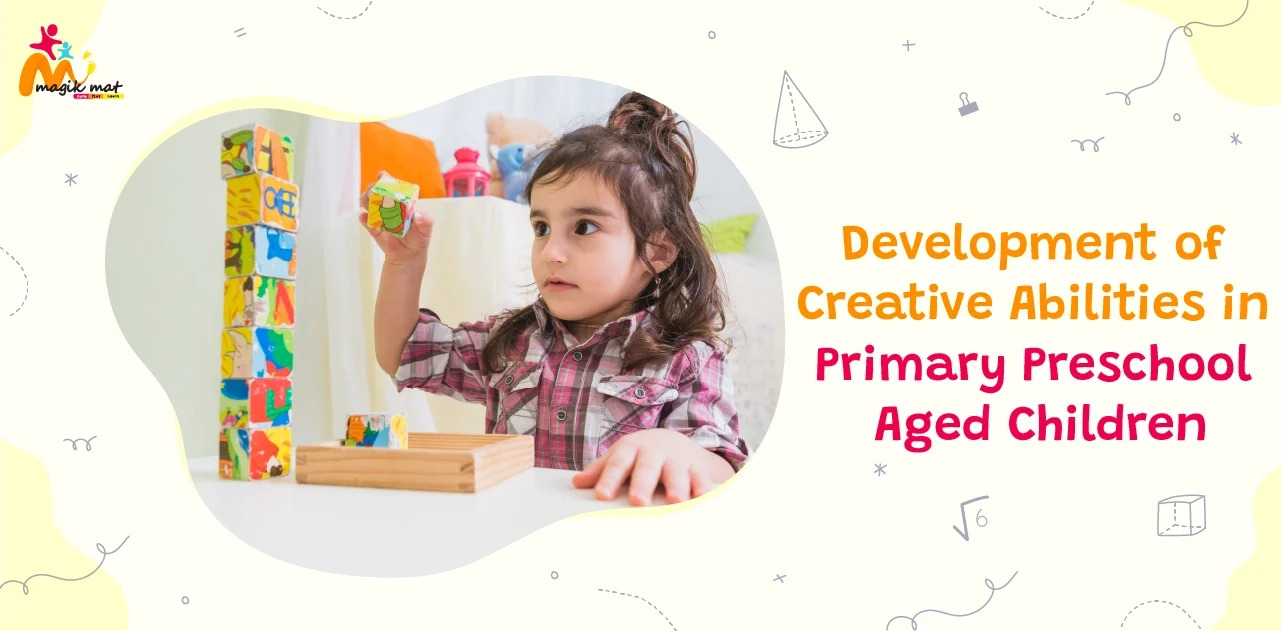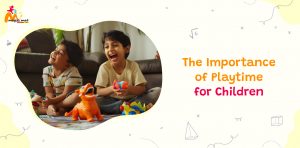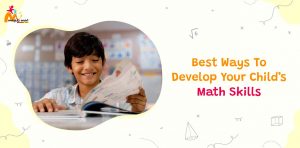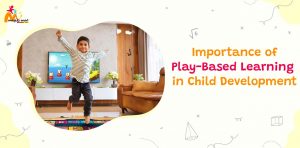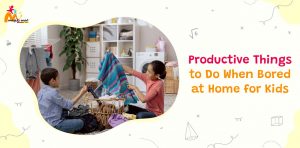Introduction
In the amazing world of preschoolers, creativity is not just fun; it’s significant for how they learn and develop. As these little pioneers jump into new things, innovativeness becomes like a major guide, helping them understand and enjoy everything around them. A splendid light tells them the best way to think, feel, and play in cool ways, making their minds more brilliant and their hearts more joyful. In this blog, we’re going on an experience to see the reason why being creative is super vital for preschoolers.
Why creativity is significant for preschoolers learning and development?
Unlike getting engaged in drawing a picture or playing with colors, creative minds are all about thinking outside the box and looking at problems from a 3D perspective. Here is the clarification; it’s so basic for preschoolers:
Problem-Solving: Creativity helps speed up preschoolers’ transition by teaching them effective ways to suit themselves in the outcome of different everyday concerns that they face during play and to learn. It facilitates their capability of smart thinking and detecting new concepts.
Emotional Expression: Through creativity in what dear ones might be like to draw, portray, or even in the case of imaginative plays, preschoolers can wholeheartedly share their feelings and interests with a sense of security and inclusion. Through this, they can gear themselves up to grasp it and appropriate their viewpoints.
Understanding the World: One of the main advantages of creative activities is that preschoolers are able to construct, probe into, and understand their surroundings.
Critical Thinking: Encourage preschoolers to examine, assess, and evaluate material through creativity. They figure out a good method for making associations between various contemplations and devise innovative reactions to challenges. They sort out some way to make connections between different thoughts and devise imaginative responses to challenges.
Communication Skills: Engaging in creative activities promotes language development and communication skills. Whether it’s describing a drawing, acting out a story, or singing a song, preschoolers learn to express themselves effectively.
Resilience: Through the encouragement of creativity, we teach preschoolers to embrace mistakes as a component of the educational experience. This cultivates flexibility and an uplifting outlook towards challenges.
How to Introduce a Child to Creativity?
Allow young ones to unwittingly describe; let their mind do anything they want to while shaping up their own tenses. Encourage creative play; regardless of whether it’s whimsical or fantastical, pirates and space explorers might be the roles to be played. Do large-group activities that use simple materials such as pen, paper, and earth, enabling them to express themselves freely.
A large array of materials is not for an open-art class at this stage. Establish a secure and comfortable environment for the studying process where kids can test themselves and be open to facing challenges without being afraid of any judgment. Stress upon the unforeseen messages and signs that publicize the topic, then the audience engages in a feeling of fulfilment and confidence in their limited abilities. Expected outlets for youngsters to show their imaginativeness and share their thoughts are provided through such ways, and now young kids can realize their way of expression and a way to show themselves.
Idea for Developing Creativity
The imagined life of a preschooler is like a garden nursery in the look of the environment, tools, and minds involved to survive and develop. The following are a couple of extraordinary designs to foster the creative spirit in energetic personalities:
Art and Craft:
Create an area designated for artistic exploration by giving the wide range of materials needed, such as paper, paint, markers, clay, etc. Include all the materials you can think of, for example, paints, brushes, reused items, etc. Cultivate their reminiscing spirit by drawing them into the world of art. They can paint, draw, sketch and create without discernment.
Drama:
Not only in the play sessions when you portray characters that put you in the emotional range, but also you can take advantage of your creative energy flows. Provide accompanying ensembles, props, and a venue for the class to move them out of reality and switch to multiple roles and situations. Exhort them to sustain verbal art, invent personalities, and feel themselves by expressing emotions via play-acting. In different schools of literary work, be it the ones telling the story of fearless knights, the ones that record voyages and discoveries, or the ones trying to inspire gentle feelings, the emotional appeal of stories stimulates the imagination, compassion, and communication.
Music, Sound, Movement, and Dance:
If you want to make your early education a musical paradise, you can introduce simple instruments such as drums, shakers, and xylophones. Invigorate ecstatic dance hall gatherings that are little hutches for the kids to hustle and hum along to their favorite tunes. Explore through cooperative production exercises the mood, song, and congruity of music, which dialogue with knowledge and imagination as well as skills and coordination. As the spirit of music and education blossoms within them, their minds are ignited, and their minds start to love self-expression.
Drawing:
Fuel children’s learning and accomplishment through practice drawing and doodling. Provide various drawing compositions and planes, such as paper and pastels or chalk and markers. Tell children to give their picture, feeling, and thought outwards consciously, developing fine motor skills and the creative mind. Check out a variety of art forms and approaches, including still life and suppositions of artistic expression, to stimulate your pupils to explore their creative voice and style.
Conclusion:
Youth life has such a fascinating pattern of the woven fine art of imagination; imagination is the glorious rope holding together innovative personas, examinations, and personal expressions. The environment represents an affirmative one that comes full of expressive, creative, musical, and theatrical means that are necessary to give the preschoolers an opportunity to embrace who they are and open their imaginative minds. We should praise their impossible innovativeness in existence (existence is a better choice for life) through opposition, support, and even a dose of divination (wise thinking of the future) to build the ground for the future that is colored with the imagination, creative mind, and huge inventions.

